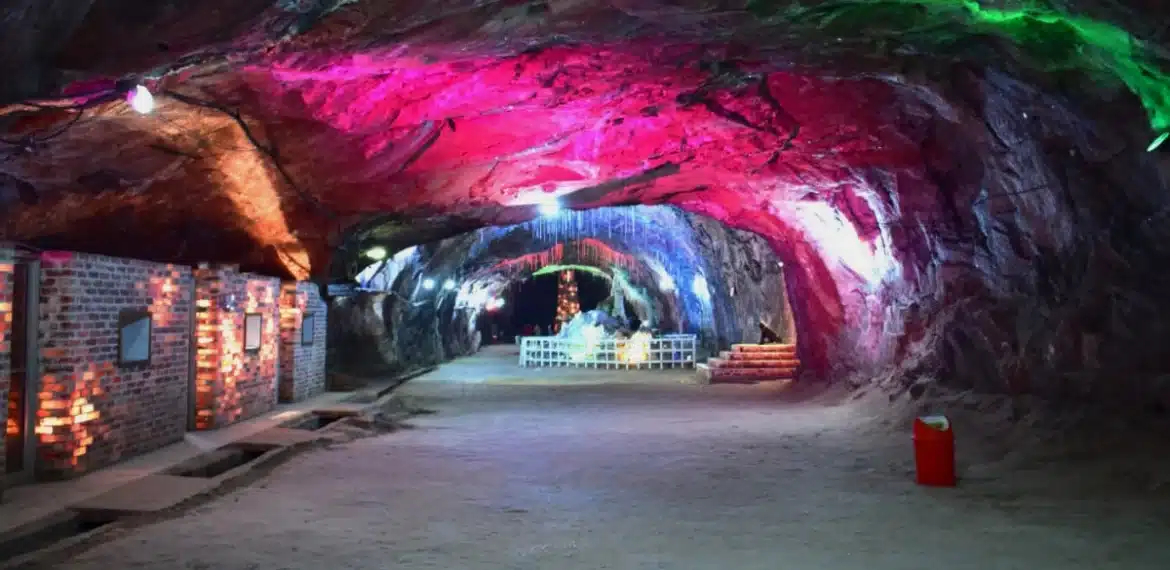Contents
When you go into the mysterious world of salt mines, the saying “salt is the essence of life” really hits home. This article takes you on an interesting journey to discover the mysteries and beauty of the biggest salt mines in the world. It shows you the huge size of the world’s salt mines, the complicated steps used to get the salt out of the ground, and how important salt mining is to the societies that grew up around them. In this article, we’ll show you the deep connection between nature’s underground treasures and human success through a mix of interesting insights and useful information.
The Sifto Salt Mine in Goderich, Canada
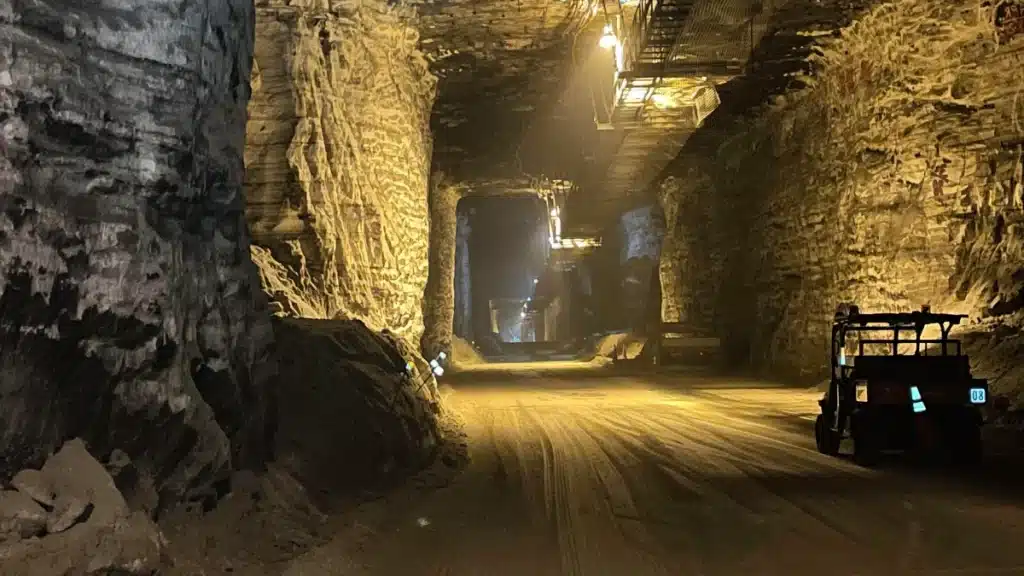
The Sifto Salt Mine is the largest commercial salt mine still in use. It is deep in the middle of Ontario, under the huge Lake Huron. This mine has a long history that goes back to 1866 and includes the Industrial Revolution. The mine is in Goderich and uses one of the largest salt sources in the Great Lakes area to extract millions of tonnes of rock salt every year. This is done by mining the salt naturally and mechanically evaporating the brine. In addition to showing how important it is to the world’s salt supply, this huge salt mine demonstrates how the industry has been open to new ideas and improved over its 160-year history. The Sifto Salt Mine is a great example of how resourceful people can be and how determined they are to use nature’s gifts. Salt from Sifto is used in homes and businesses all over North America and beyond.
The Khewra Salt Mine in Pakistan
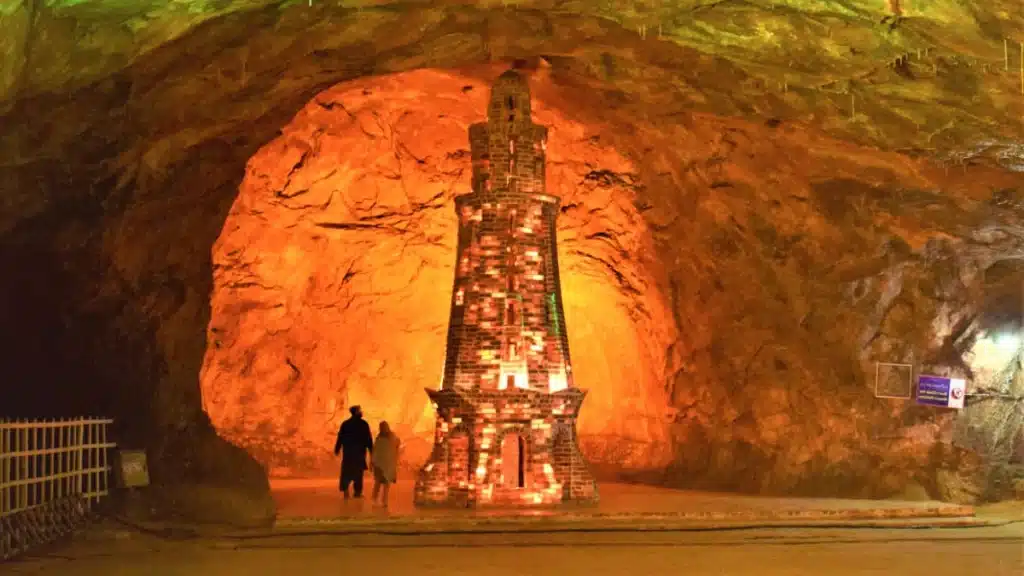
The Khewra Salt Mine is known as the world’s second-largest salt mine. Take a trip to see its underground wonders. It’s one of the most popular places for tourists to visit in Pakistan, and this beautiful mine is proof of the vast mineral wealth beneath our feet. Dive into the heart of the biggest Himalayan salt reserves, where the history of salt mining shows how nature and human creativity are connected in a complex way.
As soon as you’ll enter the heart of the Khewra Salt Mine, you’ll be surrounded by an alien landscape of sparkling salt crystals and huge blocks of salt. This mine is known as the world’s second biggest salt mine, and it has a stunning collection of natural formations and carefully carved salt sculptures. It’s amazing how big these mines are. There are tunnels that go on for 40 kilometres and go down to 730 metres underground, showing how much work goes into salt mining.
At the Khewra Salt Mine, they mix of old and new salt extraction methods. Every step of the process, from carefully taking out the salt rock to turning it into different salt products, shows how important the mine is to the world’s salt business. Millions of tonnes of salt leave Khewra every year —which is used in food and industry all over the world.
The Khewra Salt Mine is more than just a working factory. It is also a cultural and historical place that tells us a lot about the mining process and how people have tried to use nature’s gifts for their own benefit.
Slanic Prahova Salt Mine in Romania
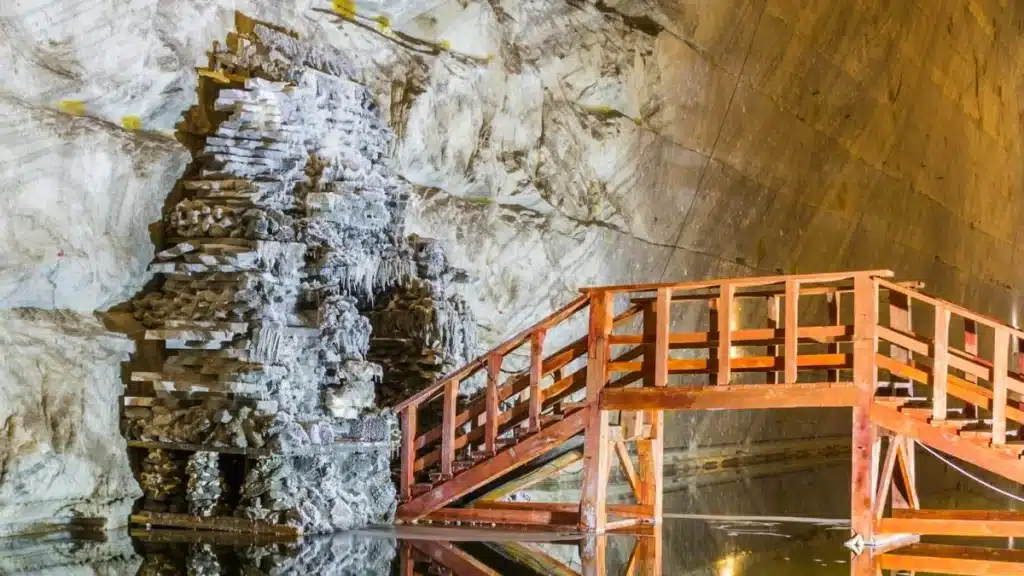
The Slanic Prahova Salt Mine has been captivating and healing people since the middle of the 20th century. It is the largest salt mine in Europe, and it’s found in Romania. You can walk or drive down into this huge salt hall and be met by a maze of huge tunnels lined with beautiful salt deposits that create an otherworldly atmosphere.
Beauty aside, the salt mine is also very good for your health. Negative ions found in its air are thought to help with respiratory issues and improve health in general. Thousands of people come to the mine to get relief and recharge their batteries in this one-of-a-kind underground refuge.
Wieliczka Salt Mine in Poland
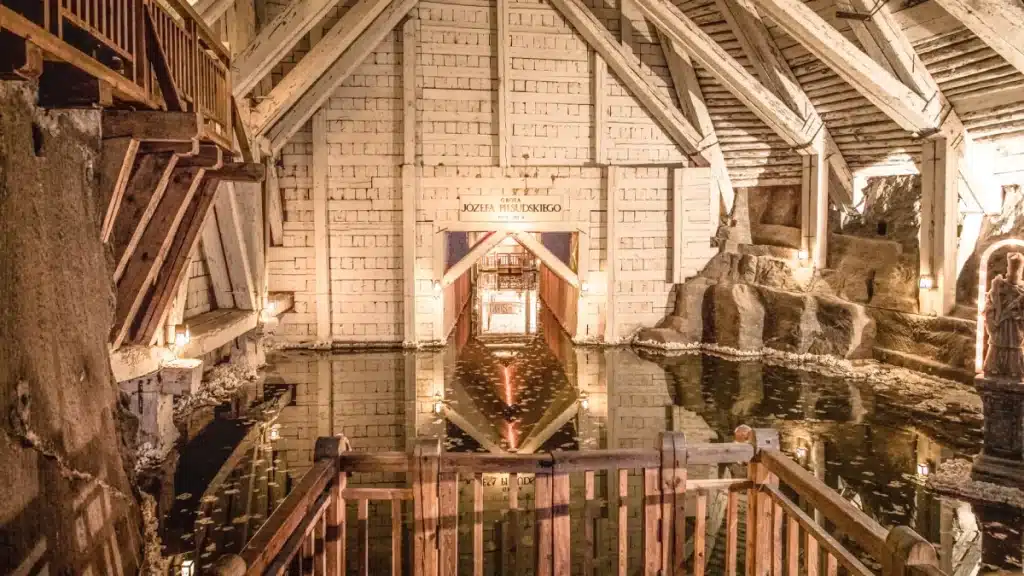
The Wieliczka Salt Mine is located just outside of Krakow, Poland’s second-largest city. In the 13th century, King Casimir III the Great laid the groundwork for the salt business that grew and thrived in the Kingdom of Poland. Even though it stopped industrial operations in 1990, the Salt Mine Museum is still one of the most famous tourist attractions to visit in the area. Wieliczka Salt Mine’s Tourist and Miners routes encapsulate hundreds of years of history and culture of Polish salt mining.
Atacama Salt Flats in Chile
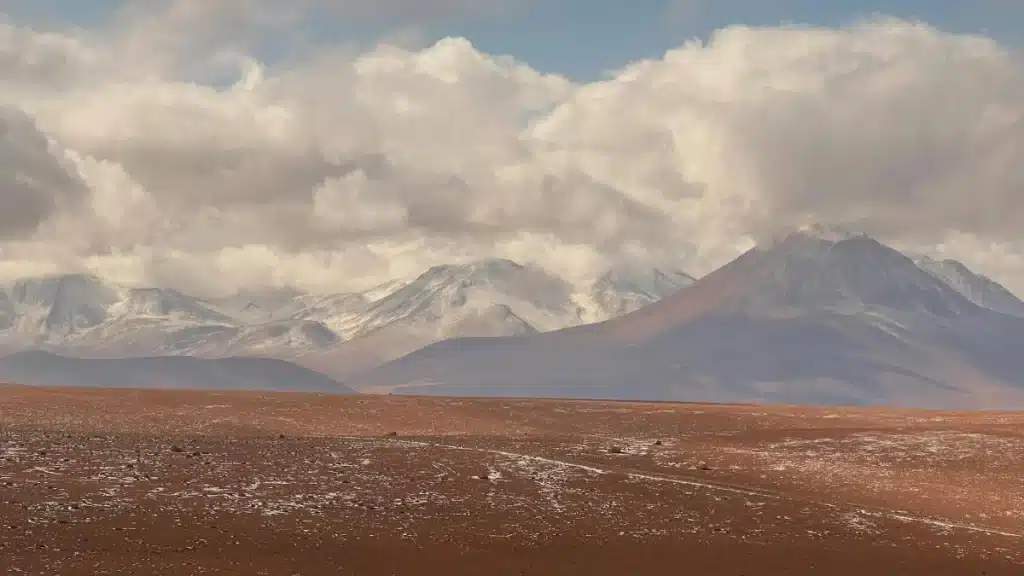
There is an amazing salt flat in Chile that is surrounded by beautiful scenery. It’s called the Atacama Salt Flat. With an area of more than 3,000 square kilometres, this huge salt desert is both a natural wonder and a popular tourist destination.
This Chilean salt flat is one of the biggest in the world. It was made millions of years ago when very old lakes dried up. The Salar de Uyuni in Bolivia is the biggest salt flat in the world, but the Atacama’s salt harvest is much bigger and better. With its endless snow-white fields, it has a stark beauty that captivates travellers to this day.
The Atacameño people and other native groups have lived in this dry area for thousands of years. They used the Atacama salt for trade, preserving food and ceremonies, making it an important part of their culture.
The Mining Process of the Largest Salt Mines in the World
The way the world’s biggest salt mines mine for salt is a great example of how clever people can be and how far technology has come. At the heart of these huge mines, the process of extracting and making salt is carefully planned to be efficient and last a long time. The mining operations are meant to have the least possible effect on the environment while producing as much salt as possible. They use both old-fashioned methods and modern machines. Workers use drilling, blasting, and cutting tools to get the salt out of these huge underground caves. The salt is then brought to the top to be processed. This complicated process not only meets the world’s salt needs, but it also makes a big difference in the economies of the places where the biggest salt mines are located. The commitment to improving the salt mining process shows how important salt is in our everyday lives, from cooking to working in factories. It also shows how important these mines are to the world’s salt supply system.
FAQs
What is the largest salt mine in the world?
The Sifto Salt Mine in Goderich, Ontario is the largest underground salt mine in the world. It runs as deep as 650m below the Lake Huron, making it the largest salt mining operation in the world.
Is Khewra Salt Mine bigger than Sifto?
No, Khewra is considered to be the second biggest salt mine behind the Sifto Salt Mine.
What is the biggest salt mine in Europe?
Europe’s largest underground salt mine is found in Slanic, Romania. Its tunnels are so spacious, that cars can run freely across the site.
Can you buy salt directly from the Khewra Salt Mine?
Yes, visitors to the Khewra Salt Mine have the opportunity to buy salt directly from the source. The mine offers a variety of salt products, ranging from cooking slabs and decorative lamps to finely ground salt suitable for culinary use. Purchasing salt from the mine not only allows visitors to take a piece of this natural wonder home but also supports the local economy and the continued preservation of this historic site. The salt available for purchase is renowned for its purity and mineral content, making it a sought-after commodity for both domestic and international markets.
